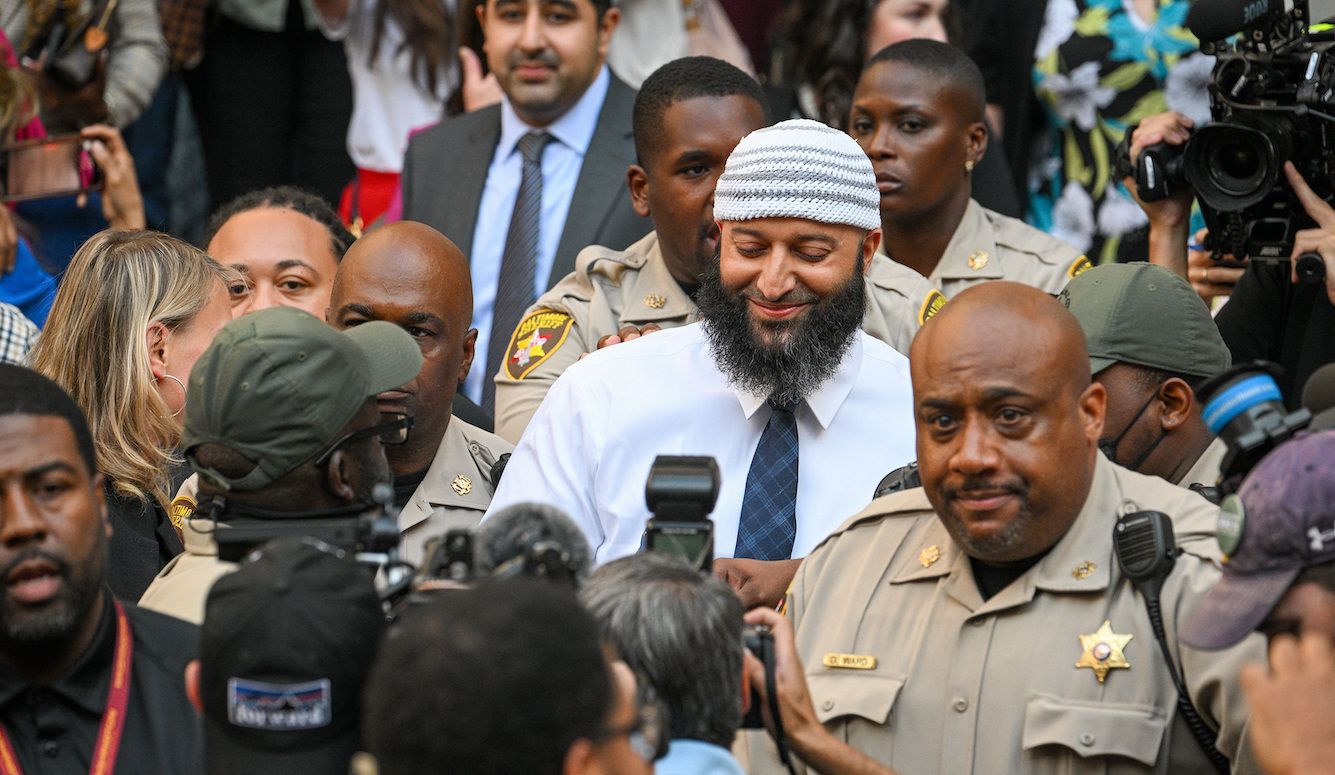Art and Culture
The Wrongful Exoneration of Adnan Syed Part II: The Legal and Media Circus
Adnan Syed would never have been released had ‘Serial’ not been made. Advocacy journalism must be treated with caution.

This essay is the concluding part of a two-part series. Part One can be found here.
It seems like I remember things that are beneficial to me, but things that aren’t beneficial to me I can’t remember.
~Adnan Syed, Serial
XI. Years of silence
Responsibility for the unlikely rehabilitation of Adnan Syed can be attributed almost entirely to the organizational skills and aggressive energy of his childhood friend Rabia Chaudry. Born in Lahore, Pakistan, in 1974, Rabia is the daughter of Muslim parents who emigrated to Baltimore. Her brother Saad became a close friend of Adnan, and the families got to know each other well—Rabia refers to Adnan’s parents as “uncle” and “auntie.” Immediately after his arrest in February 1999, she described Adnan as “a sensitive guy, he’s gentle, no kind of delinquency record, he’s not violent, he’s just a kid he’s like a baby, he’s like my little brother.”





